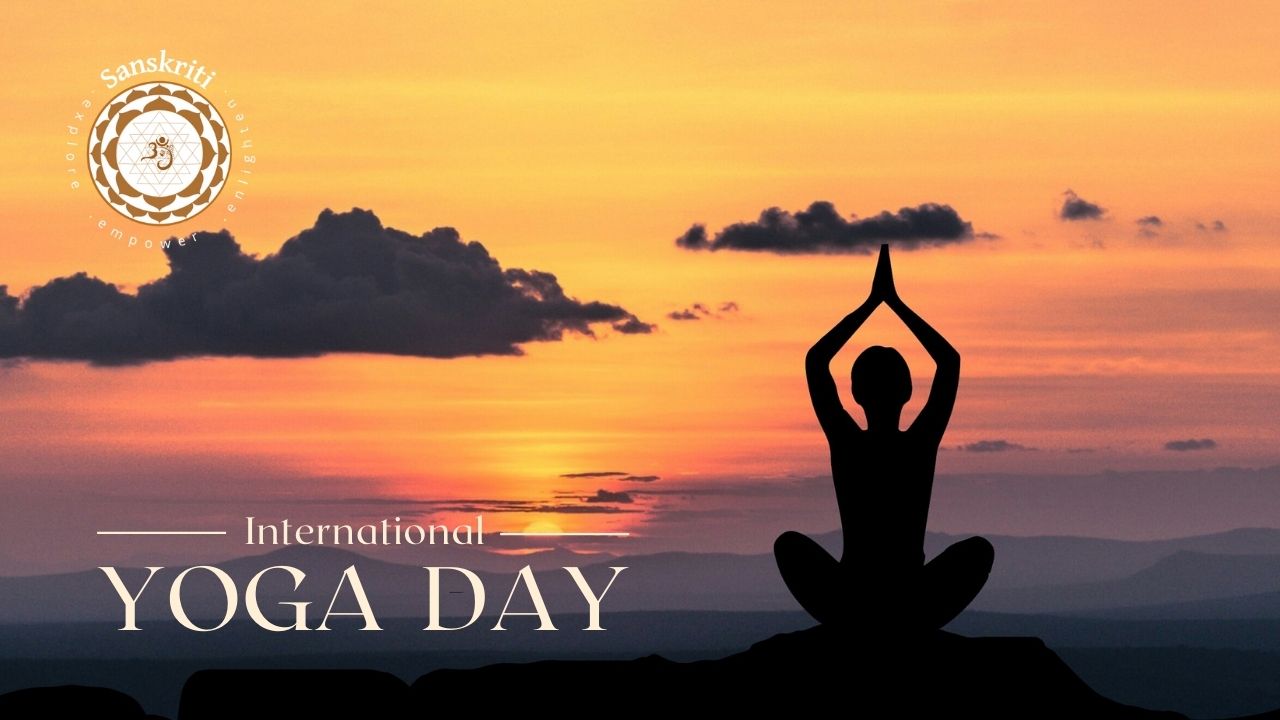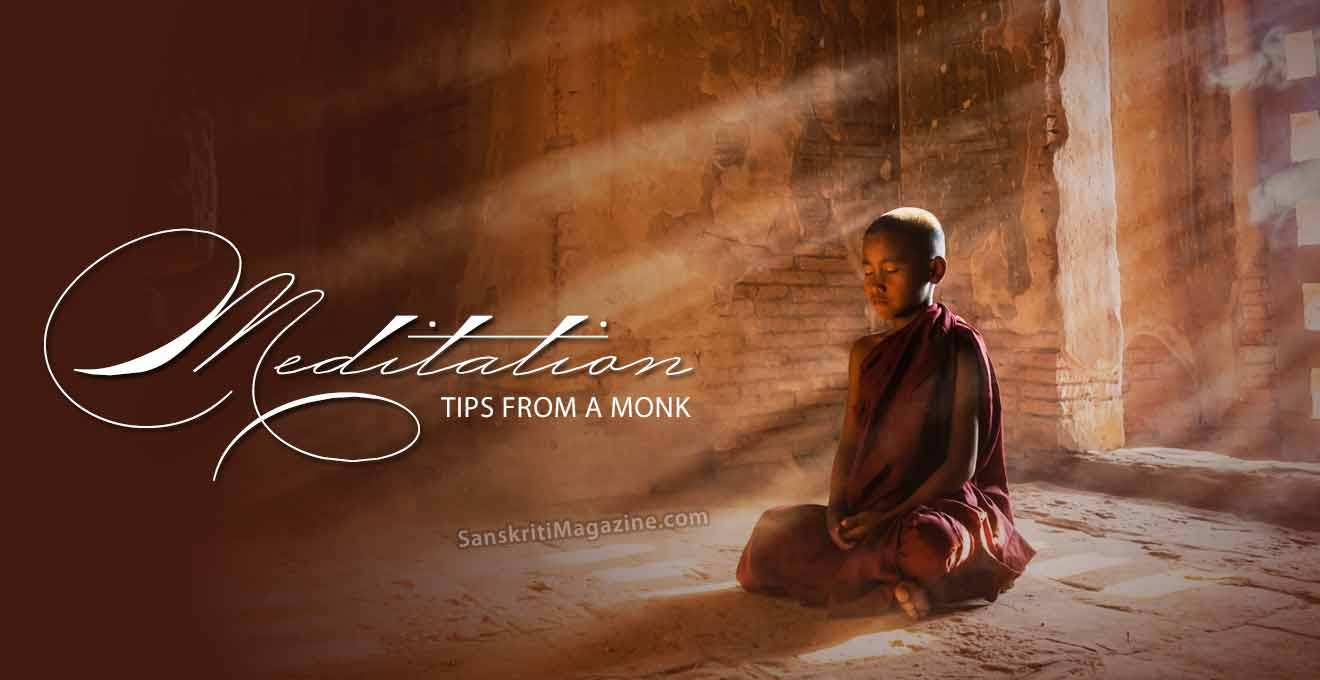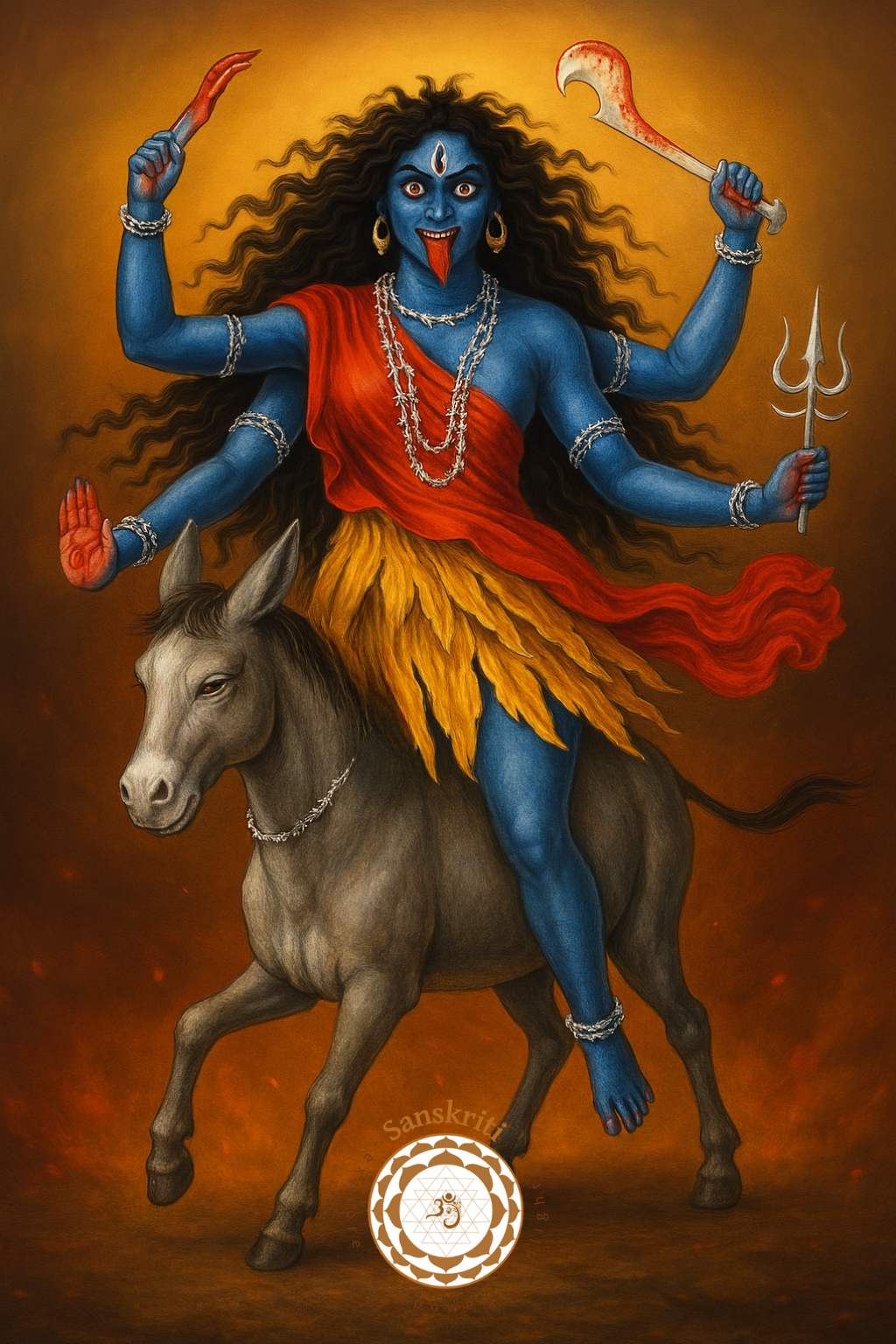Heart disease is an enormous problem in affluent society today. In fact, it is the number one cause of death. Approximately 1 million lives are claimed annually in USA due to heart disease and its complications, including myocardial infarction, arteriosclerosis, hypertension and stroke. At the present time, many are dying in the prime of life, at the peak of success, in their 5th or even 4th decade of life. The World Health Organization has described heart disease as the greatest epidemic mankind has yet faced. This is the dimension of the problem of heart disease.
Is heart disease inevitable?
Heart attack as yet remains rare in village life in India, where a stress free lifestyle is followed, but unfortunately in our cities, the western pattern of dying is beginning to emerge. Is heart disease an inevitable accompaniment of modern life? What can we do to avert heart disease in the future? We have been considering these questions in our research, and have come to some revolutionary and even startling conclusions concerning, the effects of yoga practices, not only in preventing future heart disease, but also in alleviating and averting coronary pain and heart attack when it is actually occurring. It is clear that yoga techniques are destined to transform the whole field of coronary management in the years ahead, and millions of lives will be saved as a direct result.
Coronary vasospasm
Heart disease is a broad term. Here we are concerned specifically with degenerative or ischemic heart disease (IHD), where the heart muscle itself is deprived of an adequate and sufficient supply of oxygen. When this happens, the heart fails to function efficiently. The heart is a neuromuscular pump which sends blood to the cells and tissues of the whole body via the network of arteries. In ischemic heart disease, and in heart attack. the root of the problem lies here in these tiny arteries.
Medical researchers now recognize that both minor and major heart attacks arise by a single mechanism called coronary vasospasm. This is a state of spasm occurring in the muscular walls of the coronary arteries, much like muscular cramps occur in other muscles of the body. Coronary vasospasm is caused by an influx of emotional, environmental and psychic tensions and stresses relayed from the hypothalamus in the brain down to the coronary arterial bed via the nerves of the sympathetic (excitatory) nervous system.
This spasm leads to either partial or complete closure of a coronary artery, depending on its severity, thus depriving the heart muscle of its vital blood supply. Where spasm and closure is partial, angina or minor attack results; where spasm and closure is complete, myocardial infarction will occur. However, both of these conditions can be averted by the patient himself, once he is able to adopt the necessary yoga practice to rapidly reverse the spasm of the artery.
Heart attack can be averted
The revolutionary research finding for both cardiac sufferers and medical men alike, is that coronary vasospasm is a readily reversible process. Cardiac relief occurs immediately when coronary vasospasm is released by yoga practices which activate the parasympathetic nerves and inhibit the hypothalamic stress pathways in the brain.
A specific set of yoga practices can be adopted for use in heart attack which induce immediate diversion of attention, psychic release and sympathetic relaxation. The whole process is very simple, straightforward and effective. It can be practised at the desk in the sitting posture, or it can be performed from shavasana if pain arises during sleep and dreaming at night.
Dispelling the cardiac neurosis
In the past, heart attacks have been considered inevitable and unavoidable. As a result, an enormous burden of conscious and subconscious fear surrounds the modern community. This form of cardiac neurosis is endured needlessly by millions of people today. Every doctor has many patients with this diagnosis. They dwell in terror of an imminent heart attack and impending death, even after clinical and ECG tests show normal cardiac function.
The heart may be normal in every physiological respect, yet these people live in fear that if a heart attack should occur, they will be helpless victims, with no way to survive or counter it. This terrible problem is based on a needless fear generated because we have misunderstood the mechanism of heart attack. Evidence suggests that this baseless fear is often the very precipitating cause of heart attack.
It is time that cardiac neurosis was dismantled. Heart attack remains today as a preoccupying fear with so many people, solely because they do not know the facts which will dispel their fear. Now they can learn the simple yoga techniques which give the confidence and capacity to survive and avert a heart attack.
As yoga practices become known in medical circles, it will no longer be necessary to live in fear of heart attack, nor to be a victim of heart disease. Many patients are crippled more by their fear than by their hearts. They feel that their fate is out of their hands and they have no control over what their minds are thinking and their hearts are feeling. Once a patient gains the vital knowledge which enables him to confidently release coronary vasospasm and avert cardiac pain, his fear rapidly vanishes and his whole life is transformed. It is as though an enormous burden has been lifted from his shoulders.
We have initiated many ‘cardiac cripples’, who were living very restricted and frightened lives, into a single form of ‘coronary pranayama’. Their whole lifestyle has been transformed as a direct result. Many have never experienced cardiac pain again, returning to full and active life without restriction or fear.
The roots of fear can always be traced to ignorance. Once the truth is known, fear vanishes like dew before the rising sun. Yoga is the first and foremost practice in heart disease. It gives cardiac sufferers the confidence and will to survive. When yoga techniques are a part of coronary management procedures, and doctors and nurses are also skilled yoga therapists, millions will avert heart attacks and live on. Yogic relaxation must be taught to all heart patients. It can be administered in conjunction with conventional therapies. When heart patients are routinely instructed in yoga, the present heart disease epidemic will be quelled.
~ Dr. Swami Karmananda Saraswati, MB, BSc











